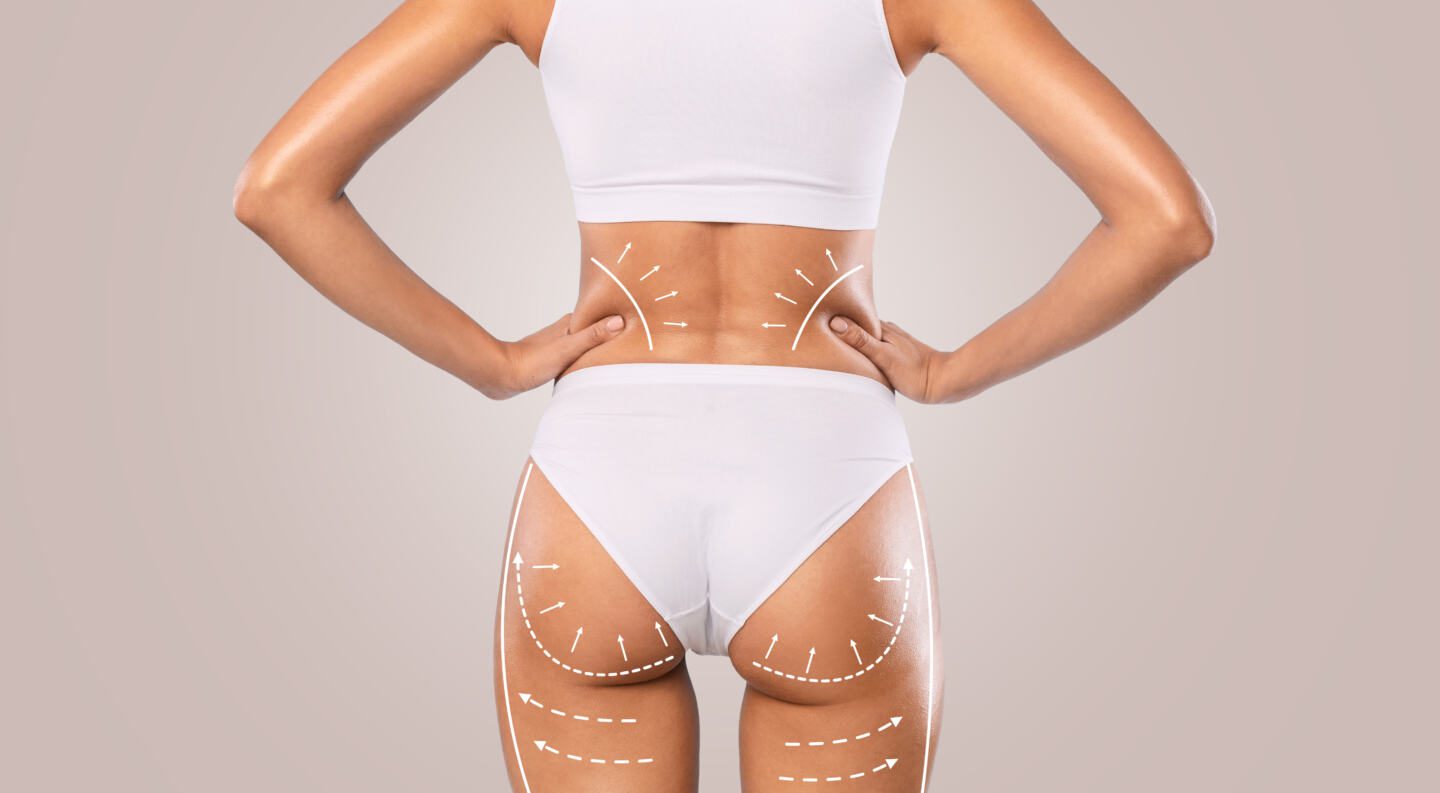PHOTOAGING IN MIDLIFE: TREATMENT AND PREVENTION

The hot summer months expose everyone to harmful UV rays. However, people who have to work out in the fields throughout the year are in the sun for most of their day. You must have heard that UV rays significantly damage human skin, but up to what extent?
You’ll be amazed that excessive sun exposure can lead to impulsive skin aging, photoaging, and skin cancer. It shows up in midlife after you enter your thirties. In simple words, sun damage can be wrong and harmful to you. However, there are certain things that you can do to prevent and treat photoaging.
If you’re most exposed to the sun, you will likely suffer from photoaging. Confused? Don’t be! This article will help you understand the meaning of photoaging and its symptoms. In addition, you will learn about tested ways to treat & prevent this skin condition.
Let’s cut to the chase and find some important information on preventing early skin damage!
What is Photoaging?
Photoaging or photodamage is mainly caused by prolonged sun exposure. In this condition, people witness early aging of their skin. Unfortunately, more prolonged exposure can also lead to skin cancer, leaving people severely sick.
Unprotected sun exposure can damage the dermis, the middle layer of skin responsible for creating collagen and elastin. Damage to the layer means your skin will begin to age earlier than it naturally should.
What are the Symptoms of Photodamage?
The common signs of photodamaged skin include:
- Wrinkles
- Mottled pigmentation
- Easy bruising
- Sun-related breakouts and cysts
- Yellowish tint
- Dark spots, and more.
If you experience any of these symptoms before they should, say in your late 20s or early 30s, you must visit a skin doctor and get it checked. They will be able to direct you through the treatment process.
What are Some of the Common Treatments for Photoaging?
The medical sciences have advanced enough to find multiple treatment options for photoaging. You’ll be glad to know that many people get rid of photoaging using dermatology products, such as gels & lotions. Moreover, doctors may also suggest cosmetic procedures such as botox, IPL Photofacial, and more. They all depend on the person’s current condition and other underlying factors such as auto-immune diseases, melanoma, hereditary diseases, etc.
The treatment can help you get younger, glowing, and brighter skin according to your age and requirements. The procedures are:
- Laser Therapies: One of the most common therapies that skin doctors use to treat photoaging skin is laser therapy. The laser removes dead skin layers from the surface, thus increasing collagen and elastin production. As a result, the skin feels smoother and gets rejuvenated. It treats wrinkles, aging spots, and blocked blood vessels in the skin.
- Chemical Peels: Photoaging causes wrinkles on the face and tans it. Thus, chemical peels remove the tanned layer and reduce visible wrinkles and fine lines. Peels have various chemical liquids, such as glycolic acid and trichloroacetic acid. The doctors assess your skin condition and suggest the best peel for treating the issues. It can also be combined with other cosmetic processes.
- Photodynamic Therapy: As mentioned above, photoaging can also lead to skin cancer; therefore, many dermatologists also use photodynamic therapy to reduce the risk of getting skin cancer. This medication is directly applied to the skin and then activated with red or blue light. It finishes the precancerous cells in the skin and leaves alone healthy skin cells. The recovery time may differ from person to person, but a minimum of 2 weeks is essential.
Likewise, several other treatment options include facelifts, dermal fillers, dermabrasion, and more. Your healthcare provider will suggest the best one for you according to your requirement and skin conditions.
How to Prevent UV Photodamage?
Preventing photoaging is significantly hard because of several factors. However, you can try the following tips to minimize the effects of UVa and UVB damage on your skin:
- Wear a water-resistant and broad-spectrum sunscreen daily, irrespective of the weather.
- Avoid going in peak sunlight hours, such as mid-day.
- Do not visit tanning stations; instead, use a spray-on to get the effect.
- Use sunglasses, a hat, and a face cover to protect the skin from direct sun exposure.
- Wear full-sleeved shirts and pants when going out, whenever possible.
- You might want to quit smoking to slow down the aging process.
- Eat a healthy and balanced diet and keep yourself hydrated.
- Wash off the sweat as soon as possible.
Likewise, other lifestyle changes can help prevent photoaging. You may consult your healthcare provider to get insights about your skin type and lifestyle. It may also vary depending on the weather you stay in and your skin tone.
Bottom Line
Photoaging is common sun damage seen in people who have prolonged sun exposure. Fortunately, the medical sciences have effective treatment options available to treat these conditions. But, it is still suggested to prevent yourself.

 The Best Skincare Routine Students Can Afford
The Best Skincare Routine Students Can Afford  Hairstyle options for your wedding day
Hairstyle options for your wedding day  Is laser treatment the right choice for hair removal? Find out here
Is laser treatment the right choice for hair removal? Find out here  The rise of non-surgical brazilian butt lift techniques
The rise of non-surgical brazilian butt lift techniques  How removing unwanted tattoos can boost body confidence
How removing unwanted tattoos can boost body confidence  Kratom for skincare:Do kratom skincare products really work?
Kratom for skincare:Do kratom skincare products really work?  Building Your Network in College: A Guide for Aspiring Professionals
Building Your Network in College: A Guide for Aspiring Professionals